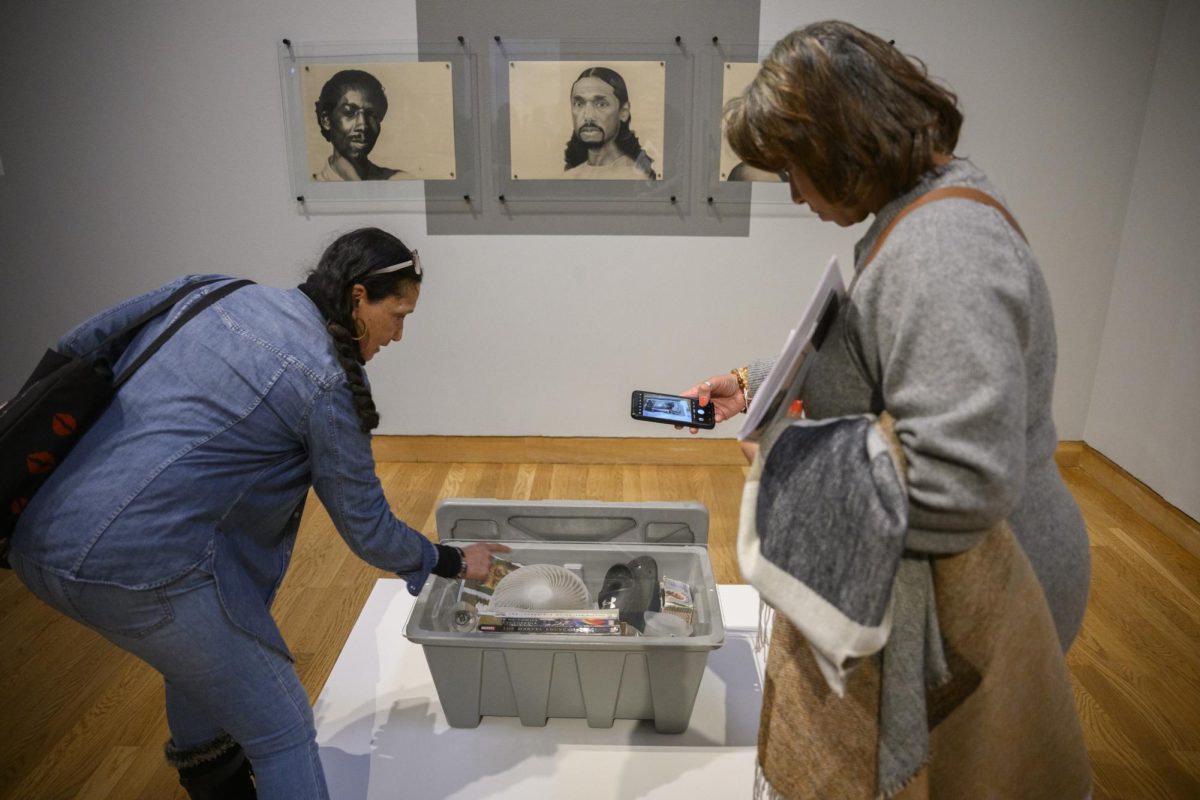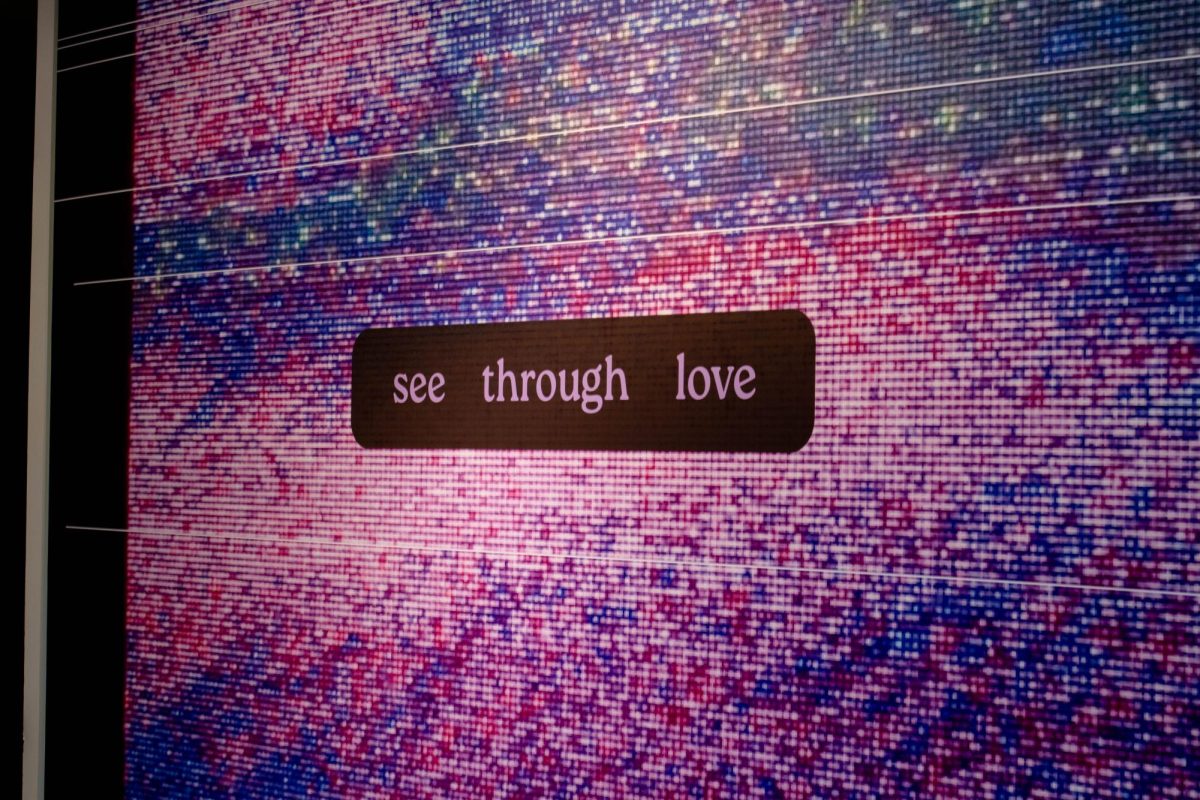Whether it’s from the mouth of Joan Rivers or Jay Manuel, we are constantly being told what is stylish and what is not.
But who are these synthetic witches and highlight-happy Tyra lap-dogs to decide the cultural value of stitched cloth?
The red carpet, “classy or trashy, what not to wear” culture has removed the complex history of fashion and its impact on society, and reduced it to a simple yes or no.
Clothing often loses its essence as a semblance of art and artifact. Its original, organic connections to the human form are severed and garments become reduced to their sweat value as measured by Filipino day workers and the contents of an Urban Outfitters clearance rack.
It is within these tailored purgatories that the art of “Pattern Language” flourishes.
The traveling exhibition, which arrives at the Weisman Art Museum on Saturday, illuminates the vast impact of shapely textiles on the human body.
Organized by Tufts University Art Gallery and guest curator Judith Hoos Fox, the exhibition features the work of 30 international artists, designer teams and collaborations.
There will be 43 garmented objects on display – from Yoko Ono’s “Cut Piece” to Cat Chow’s dress made entirely out of a wrap- around zipper.
The artistic objects extend beyond their everyday functionality of protecting the body. Some are gaudy and pompous. Others are highly impractical. Still, each article of clothing becomes a part of the dressing ritual that subtly constructs an identity.
“I Am _____” is an exhibit of plain T-shirts with applied letters. Artist Mike Arauz asked people to use one word to describe themselves. He then took that word, slapped it onto a T-shirt and took their photograph. Arauz sees the objectivity of the T-shirt titles as a way to challenge preconceptions we have about people we come across. The shirts will also be on sale at the Weisman during the exhibition.
Italian artist Alba D’Urbano confronts issues of nudity, nakedness and transparency in her piece “The Immortal Tailor.” She created a suit from a two-dimensional photograph of her naked body, which she had screen-printed onto a fabric.
In a work titled “Firefly Dress,” a dress made of embroidered silk, organza and electrical sensors takes on the emotive life of fireflies scattered among a summertime prairie at twilight. The “smart fibers” – found on the sheer layers of fabric – brush against each other when the dress moves. The dress twinkles instantaneously.
“Pattern Language” is about re-establishing those broken connections that we have with clothing. Even though our bodies are constantly manipulated, exploited and altered by our everyday garments, we find solace in the comfort and connections that they map onto our bodies.







